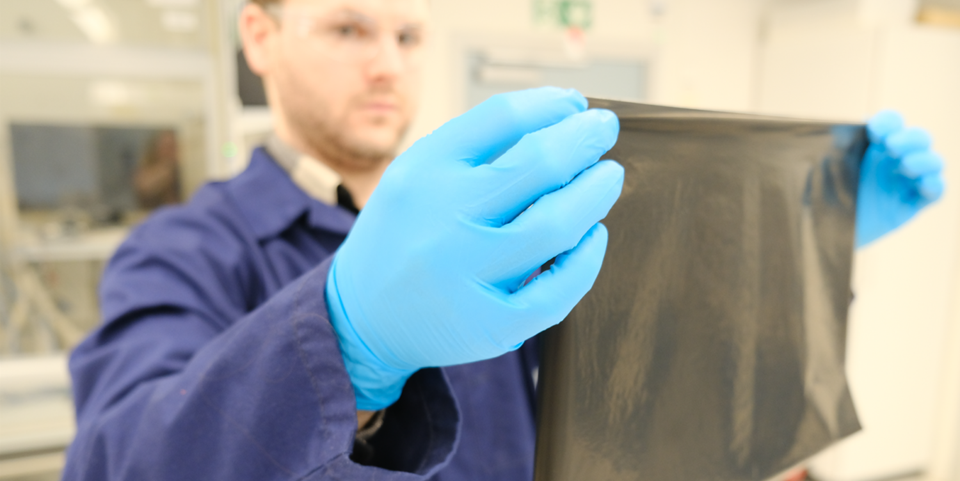Razor-Thin Membranes: Making Hydrogen Fuel Cells Cheaper and Greener
By Quantum Server Networks | July 2025

Hydrogen fuel cells are at the forefront of clean energy innovation, but their widespread adoption has been hindered by high costs and environmental concerns. Now, researchers at SINTEF’s Hydrogen Laboratory in Norway have developed a razor-thin membrane technology that dramatically reduces costs and toxic emissions, paving the way for more affordable and eco-friendly fuel cells.
The Challenge of Fuel Cell Costs
Proton Exchange Membrane (PEM) fuel cells rely on two critical components: a membrane and a catalyst. Traditional membranes are made of fluorine-containing polymers that pose environmental risks, while the catalysts often depend on platinum—a rare and costly mineral. Together, these components account for up to 41% of a fuel cell’s total cost.
A Razor-Thin Solution
The SINTEF team has successfully reduced the thickness of the membrane by 33%, from 15 μm to just 10 μm, without compromising performance. This innovation cuts both material costs and the presence of harmful per- and polyfluoroalkyl substances (PFAS), which the EU has identified as an increasing chemical risk.
“Our prototype membrane is so light and thin that it makes a standard A4 sheet feel like thick cardboard,” explained Patrick Fortin, lead researcher at SINTEF.
Platinum Reduction for Sustainability
In addition to thinning the membrane, researchers reduced platinum usage by 62.5% through innovative catalyst design. This not only lowers costs but also addresses the critical raw material supply issues identified by the European Union.
"We optimized the balance between material usage and power output, achieving near-identical performance compared to conventional designs while drastically reducing rare material content," Fortin noted.
Industrial Impact and Future Outlook
This breakthrough has the potential to revolutionize the use of hydrogen fuel cells in heavy transport, maritime industries, and even aviation. With 55,000 PEM fuel cells sold globally in 2022 and Europe targeting 45,000 fuel cell buses and trucks by 2030, this technology could play a pivotal role in decarbonizing transportation.
Read the original article on SINTEF News
Explore Further
Learn more in the full study published in Journal of the Electrochemical Society.
Sponsored by PWmat (Lonxun Quantum) – a leading developer of GPU-accelerated materials simulation software for cutting-edge quantum, energy, and semiconductor research. Learn more about our solutions at: https://www.pwmat.com/en
📘 Download our latest company brochure to explore our software features, capabilities, and success stories: PWmat PDF Brochure
📞 Phone: +86 400-618-6006
📧 Email: support@pwmat.com
#HydrogenFuelCells #CleanEnergy #MembraneTechnology #GreenInnovation #MaterialsScience #PWmat #QuantumInnovation

Comments
Post a Comment